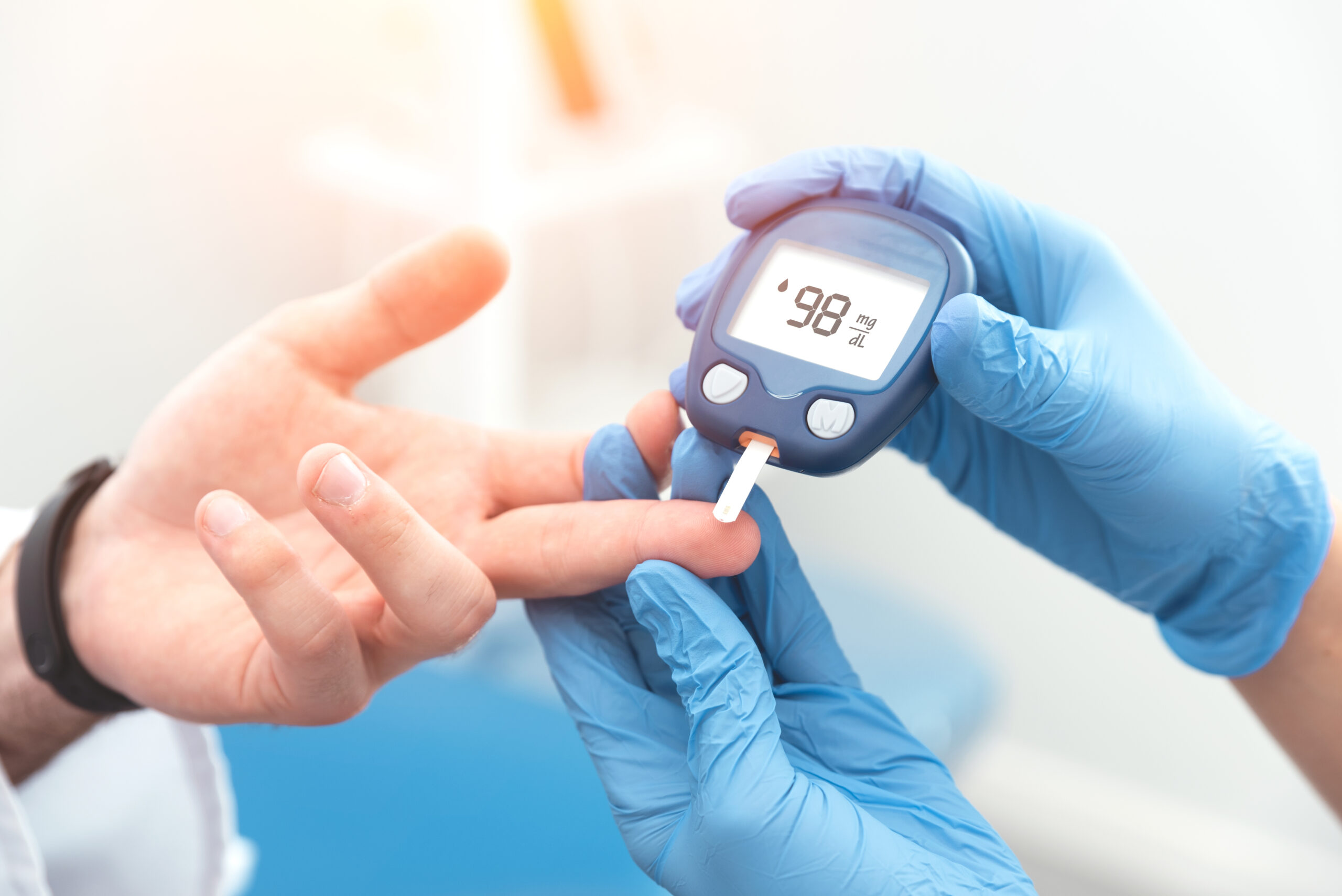Apple Watch is a popular wearable device that has been gaining a lot of attention in the healthcare industry. The latest innovation in the Apple Watch is aimed at revolutionizing diabetes care by introducing a no-prick blood glucose tracking system. This feature will enable users to monitor their blood glucose levels without having to prick their finger multiple times a day.
Diabetes is a chronic disease that affects millions of people worldwide. It is a condition that requires constant monitoring of blood glucose levels, and many people with diabetes rely on traditional methods such as finger pricks to keep track of their levels. However, the Apple Watch aims to change this by introducing a non-invasive way to monitor blood glucose levels.
The Apple Watch’s blood glucose monitoring system is based on optical sensors that use light to detect changes in the user’s blood glucose levels. These sensors are located on the back of the device and are in contact with the user’s skin. The sensors work by shining light onto the skin and measuring the reflection of that light. The reflected light can provide information about the user’s blood glucose levels, which can then be displayed on the Apple Watch.
The introduction of this feature in the Apple Watch has the potential to revolutionize diabetes care. It provides a non-invasive way for people with diabetes to monitor their blood glucose levels, which can help them manage their condition more effectively. This could lead to better health outcomes, such as a reduced risk of complications from diabetes.
One potential barrier to the widespread adoption of this technology is health insurance coverage. Health insurance policies may not cover the cost of the Apple Watch, and even if they do, they may not cover the cost of the blood glucose monitoring feature. This could make it difficult for some people with diabetes to access this innovative technology.
However, some health insurance providers may see the potential benefits of this technology and choose to cover the cost of the Apple Watch and its blood glucose monitoring feature. This could lead to greater adoption of the technology among people with diabetes and help to improve health outcomes for this population.
In conclusion, the Apple Watch’s no-prick blood glucose tracking system has the potential to revolutionize diabetes care by providing a non-invasive way for people with diabetes to monitor their blood glucose levels. While health insurance coverage may be a barrier to adoption, some providers may choose to cover the cost of this technology, which could lead to greater adoption and improved health outcomes for people with diabetes.



